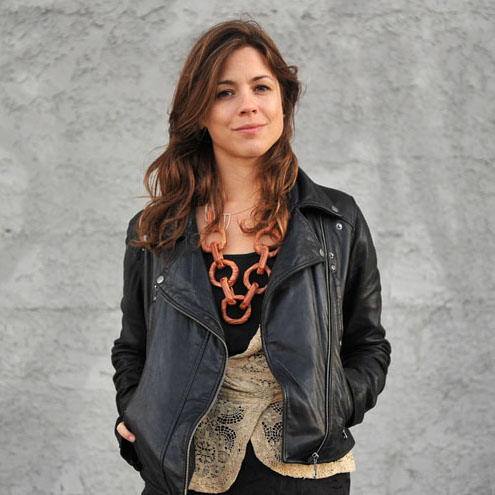
Rebecca Deans
Rebecca Deans is an applied artist and contemporary jewellery maker living and working in Sweden. Her work raises awareness of the urgency of environmental issues connected to soil and the opportunity it offers to operate in and between the personal and public spheres. She attempts to reveal our relationship with soil, our effect on the earth and its effect on us.
What was the inspiration for your Steinbeisser pieces?
I wanted to bring the user back to the earth from which our food grows and celebrate that connection. I also wanted to explore soil as a material in my studio, spend time with it, enjoy the feeling of it in my hands, and learn from it.
Describe your work in 3 words!
Tempting. Soothing. Unknown.
What kind of materials do you use and where do you get them from?
For this work, on which food would be eaten, I felt it was important to source organic soil, various minerals and pigments. I am a big fan of Kremer Pigmente in Munich – what an amazing store! Rabbit and skin glues are used as binders. Shellac as a sealant.
Which conscious lifestyle choices are you making and are you considering any new ones?
I am fortunate to have a partner who is religious about purchasing clothing secondhand, and we also repair and sew our own clothes. Same goes for shoes. I can’t really remember the last time I bought something new. When it comes to food, we have a big family, so it’s important for us to cook at home, mostly vegetarian or vegan, and be conscientious about food waste. We do not own a car and use bikes to get around the city. Our biggest challenge when it comes to living sustainably in alignment with our values has been around reducing air travel. While we do not want to eliminate air travel from our lives entirely, I think we’ll plan for longer and fewer visits to reduce the number of flights.
What have you rebelled against in the past and what are you rebelling against now?
Arbitrary rule-making has never sat well with me.